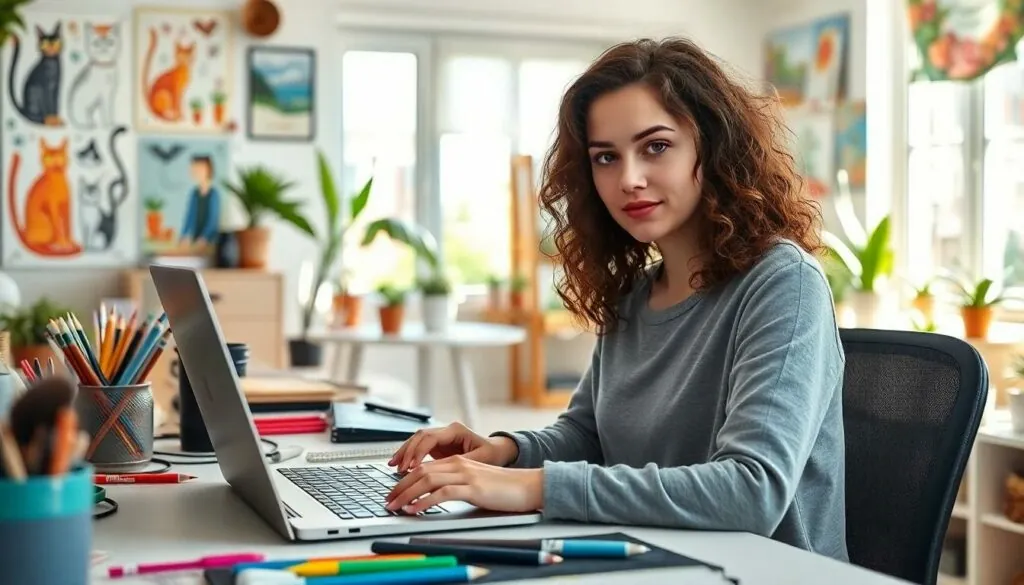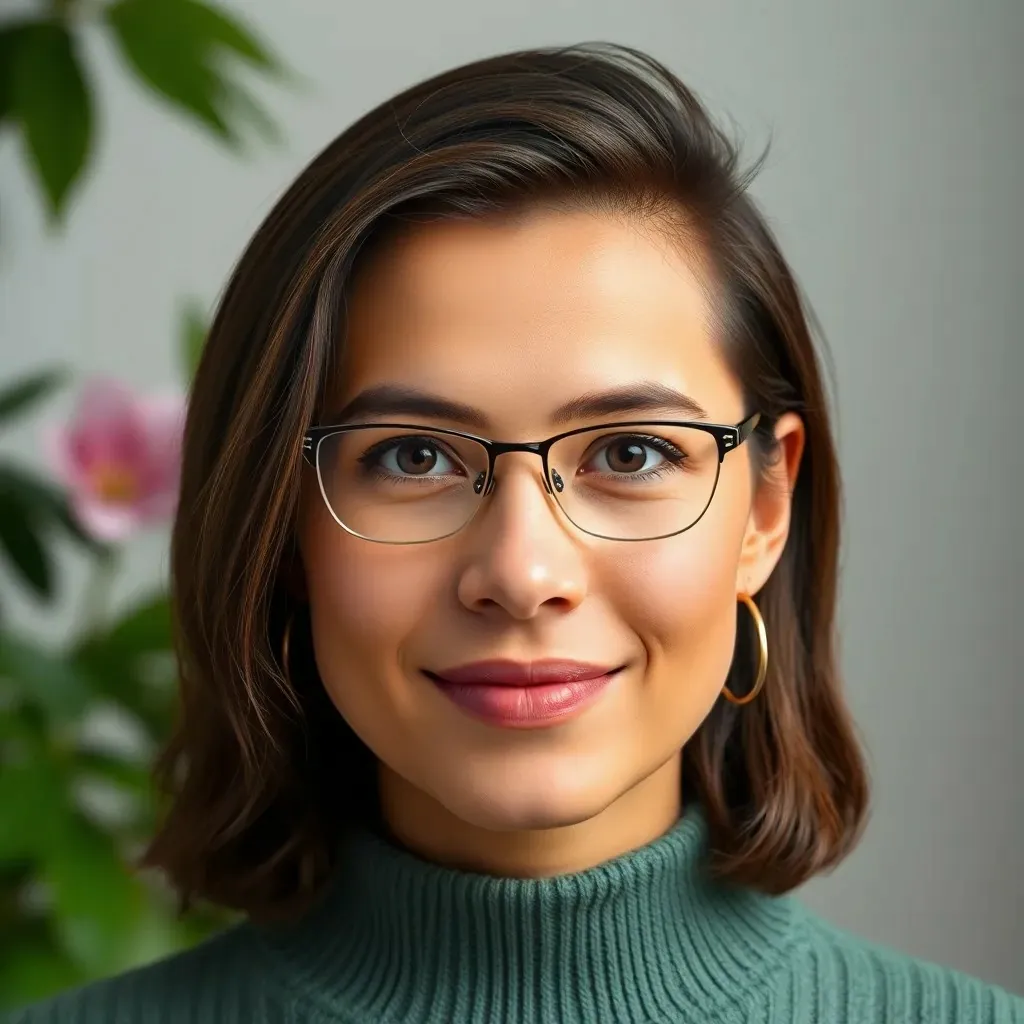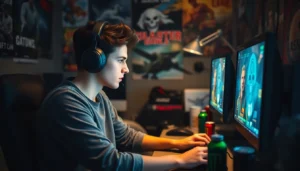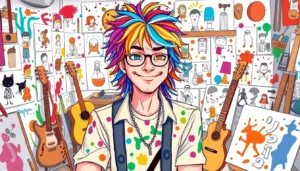In a world where words can conjure images faster than a magician pulls a rabbit from a hat, asking ChatGPT to create an image is like giving your imagination a turbo boost. Whether you’re dreaming of a majestic dragon soaring over a sunset or a quirky cat wearing sunglasses, the possibilities are endless. But how does one simply ask a chatbot to whip up these visual delights?
Table of Contents
ToggleUnderstanding ChatGPT’s Capabilities
ChatGPT serves as a powerful tool for generating textual prompts that can inspire visual representations. By utilizing well-crafted requests, users can access a range of imaginative images.
What Is ChatGPT?
ChatGPT is an advanced AI language model designed to understand and generate human-like text. Through natural language processing, it enables users to interact seamlessly. Using varied prompts, individuals can explore limitless creative scenarios. The AI excels at responding to requests in a conversational manner, showcasing its language capabilities.
Limitations of ChatGPT
Despite its strengths, ChatGPT has limitations in image generation. The model doesn’t directly create visual content; it produces text descriptions that editors or graphic designers interpret. Users should recognize that visual interpretation may vary, even with detailed prompts. Context-specific details in prompts help improve the descriptive output, yet the final image may not always align perfectly with expectations.
Crafting Your Request
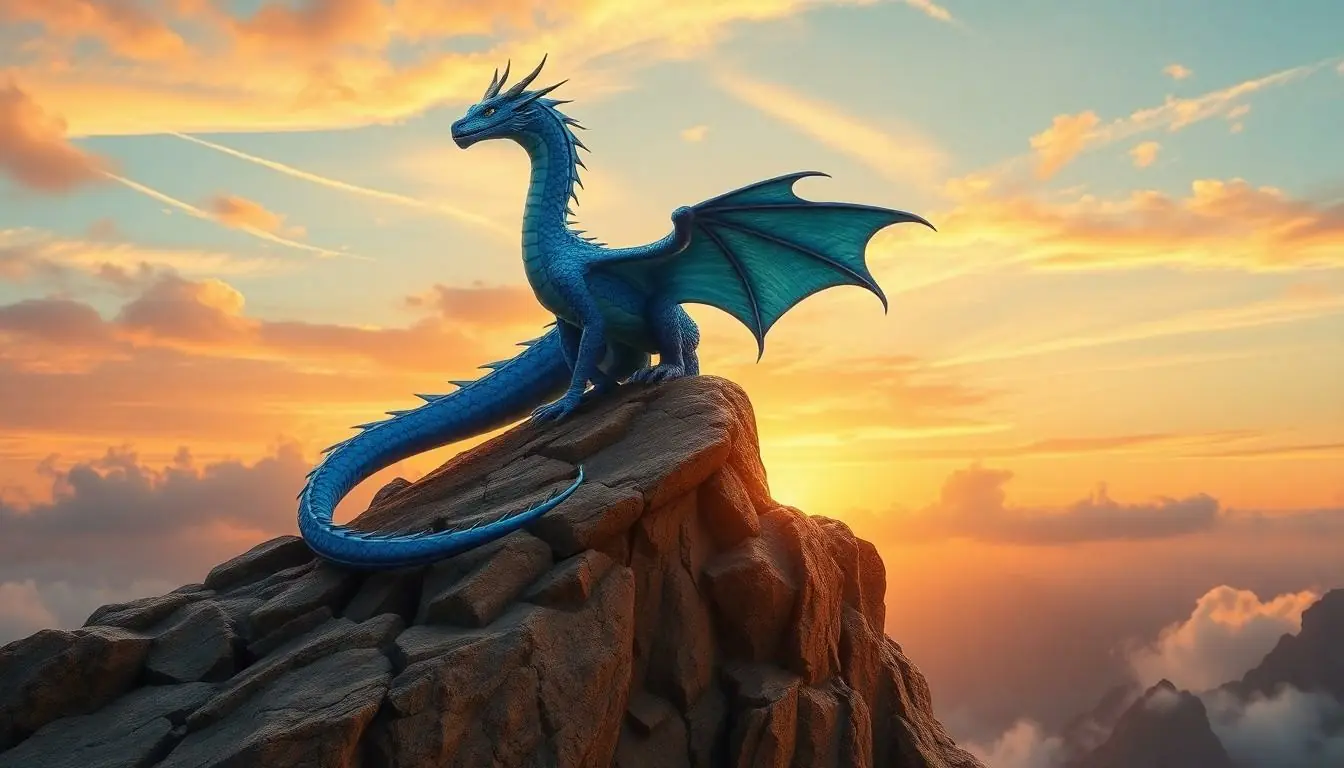
Creating effective requests enhances the likelihood of generating vivid imagery through ChatGPT’s textual descriptions. Clear communication fosters better alignment with the user’s vision.
Be Specific with Your Prompts
Specific prompts yield better outcomes when asking ChatGPT for visual concepts. Include key elements such as colors, settings, and character traits. For instance, requesting “a blue dragon perched on a cliff during sunset” provides clearer direction than a vague “dragon.” Incorporating specific details guides the AI in producing richer, more imaginative descriptions. Explicit requests result in more tailored and satisfying responses.
Use Descriptive Language
Descriptive language elevates the quality of prompts, allowing for nuanced interpretations. Choose adjectives and nouns that capture the essence of your vision. Phrases like “a whimsical cat wearing oversized sunglasses” convey distinct imagery. Leverage sensory details to create vivid mental pictures, engaging ChatGPT’s creative capabilities. Articulate emotions or actions associated with the subjects to deepen the context. Engaging descriptions lead to compelling text outputs.
Techniques for Effective Image Requests
Crafting effective image requests enhances the quality of the outputs generated by ChatGPT. Using clear techniques helps articulate vision more precisely.
Providing Context
Context shapes the prompts tailored for imagery. Specify settings and scenarios to guide the AI effectively. Describing the environment adds depth to the request. For example, mentioning a sunny beach or a misty forest helps paint a vivid picture. Including character interactions fosters dynamic scenes. Stating the purpose of the image can also clarify the intent. When users provide these details, the AI produces richer, more relevant descriptions.
Incorporating Styles and Themes
Incorporating distinct styles elevates the creative process. Users can suggest art styles, such as impressionism or surrealism. Adding themes enriches the conceptual framework of imagery. For instance, describing a futuristic city versus a medieval village sets contrasting expectations. Artistic influences also contribute to a specific look. Suggesting color palettes provides additional guidance. These elements enhance the final output, allowing for more tailored results that align with user vision.
Example Prompts for Image Creation
Crafting effective prompts for image creation enhances the quality of the generated content. Below are examples that help illustrate simple and complex image requests.
Simple Image Requests
Requesting images can be straightforward. “Create an image of a cat lounging on a windowsill” serves as an effective prompt. “Generate a picture of a sunset over the ocean” captures a beautiful scene. Specificity plays a crucial role; it allows the AI to visualize the desired elements better. Incorporate colors and main subjects, as in “Illustrate a red bicycle parked beside a blue house.” These direct requests facilitate clearer outcomes.
Complex Image Scenarios
Complex scenarios require more detailed prompts. For instance, “Design a fantasy landscape featuring a castle atop a hill during a stormy night” evokes rich imagery. Adding background characters, like “Include a dragon flying above the castle” deepens the context. Users can enhance requests by specifying artistic styles. “Imagine a surreal painting of a city engulfed in fog, inspired by Salvador Dalí” creates unique visual interpretations. Such layered descriptions invite the AI to explore innovative themes and styles.
Harnessing the power of ChatGPT for image creation opens up a world of possibilities. By crafting thoughtful and detailed prompts, users can significantly enhance the quality of the generated text descriptions. Specificity in requests leads to richer outputs that align more closely with creative visions.
While ChatGPT may not produce images directly, its ability to inspire visual concepts through descriptive language is invaluable. As users experiment with various techniques and styles, they’ll discover the unique ways to communicate their ideas effectively. This journey not only fosters creativity but also deepens the connection between words and visuals. Embracing this innovative approach can transform the way individuals conceptualize and articulate their artistic aspirations.

